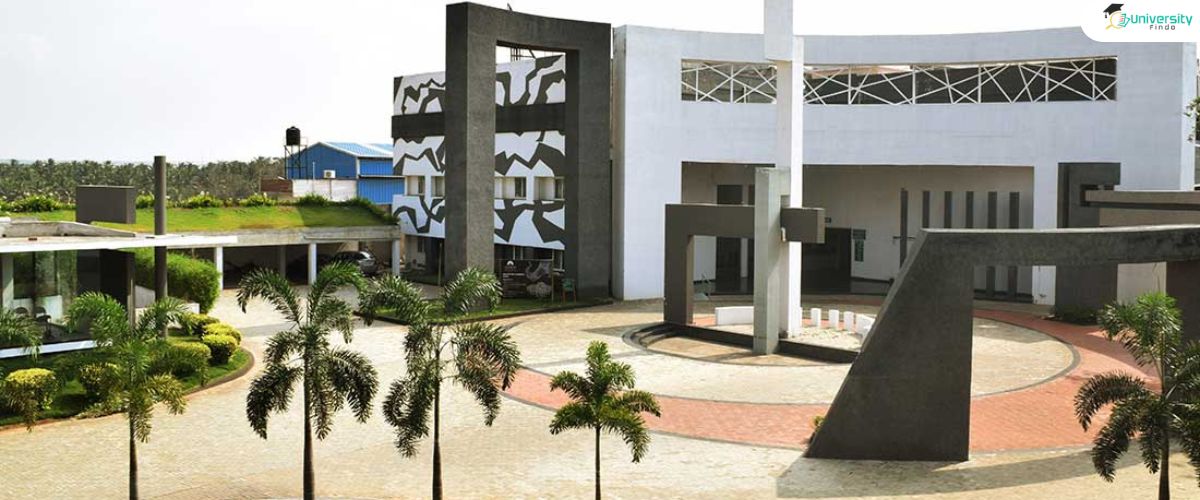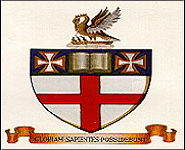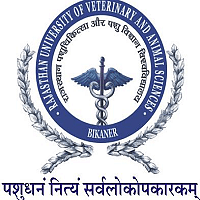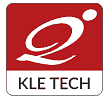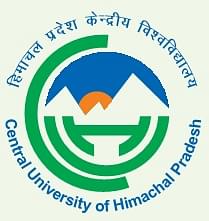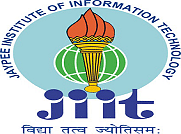Introduction about B. Des in Animation
B. Des in Animation is an interdisciplinary program that combines artistry, technology, and storytelling to prepare students for careers in the dynamic field of animation.
This degree program typically offers a comprehensive curriculum that
encompasses both traditional and digital animation techniques, as well as
courses in visual storytelling, character design, concept art, 3D modeling,
animation principles, and motion graphics.
Students pursuing a B. Des in Animation from top 5 university in Assam often develop a strong foundation in various software
tools used in the industry, such as Adobe Creative Suite, Autodesk Maya, Cinema
4D, and others. They also learn how to apply animation principles such as
timing, spacing, and squash and stretch to create compelling and believable
animations.
One of the key aspects of a B Des in Animation
is fostering creativity and innovation. Students are encouraged to explore
their artistic style, experiment with different techniques, and develop their
own unique voice as animators. They often have opportunities to collaborate
with peers on projects, participate in internships, and showcase their work
through exhibitions or film festivals.
Upon graduation, students with a B Des in
Animation can pursue a variety of career paths in the animation industry,
including working as 2D or 3D animators, character designers, storyboard
artists, motion graphics designers, visual effects artists, or even independent
animators and filmmakers. The skills and knowledge gained through this program
can also be applied to other fields such as advertising, gaming, virtual
reality, and augmented reality. Overall, a B Des in Animation equips students
with the creative and technical skills needed to bring stories and characters
to life through animation.
What is admission process for B. Des in Animation ?
The admission 2024 B Des in Animation
can vary depending on the specific university or institution offering the
program. However, there are some common steps and requirements that applicants
typically need to fulfill:
- Educational Qualifications: Most
institutions require applicants to have completed high school or its
equivalent with a strong academic record. Specific subject requirements
may vary, but a background in art, design, or related subjects can be
advantageous.
- Portfolio Submission: A
portfolio of artwork is often a key component of the application process.
This portfolio should showcase the applicant's creativity, artistic
skills, and potential for success in the field of animation. It may
include drawings, sketches, digital artwork, animations (if applicable),
and any other relevant creative work.
- Entrance Exam: Some
institutions may require applicants to take an entrance exam to assess
their artistic and technical skills, as well as their understanding of
design principles and animation concepts. The format and content of the
exam can vary, but it may include drawing tests, design challenges, and/or
written assessments.
- Statement of Purpose:
Applicants may be asked to submit a statement of purpose or personal
statement explaining their interest in animation, their career goals, and
why they are applying to the specific program. This allows the admissions
committee to better understand the applicant's motivations and
aspirations.
- Letters of Recommendation: Some
institutions may require letters of recommendation from teachers, mentors,
or professionals who can attest to the applicant's artistic abilities,
work ethic, and potential for success in the program.
- Interview: In some cases, applicants may be
invited to participate in an interview as part of the admissions process.
This interview may be conducted in person, over the phone, or via video
conference, and provides an opportunity for the admissions committee to learn
more about the applicant's background, interests, and suitability for the
program.
- Additional Requirements:
Depending on the institution, there may be additional requirements such as
standardized test scores (e.g., SAT or ACT), English language proficiency
tests (e.g., TOEFL or IELTS) for international students, or specific
prerequisites in art, design, or technology.
It's important for prospective students to
carefully review the admission requirements and deadlines for each institution
they are interested in applying to, as they can vary significantly.
Additionally, applicants should take the time to prepare a strong portfolio and
application materials that showcase their talents and passion for animation.
What is eligibility for BDes in Animation?
The eligibility B Des in Animation can vary depending on the specific university or institution offering
the program. However, there are some common eligibility requirements that
applicants typically need to meet:
- Educational Qualifications:
Applicants are generally required to have completed high school or its
equivalent. They should have a strong academic record, particularly in
subjects such as art, design, mathematics, and computer science. Some
institutions may have specific subject requirements or prerequisites, so
it's important to review the admission guidelines carefully.
- Minimum Grade Requirement: Many
institutions have a minimum grade requirement for admission into their
BDes in Animation program. This requirement may vary depending on the
institution and the competitiveness of the program.
- Portfolio: A portfolio of artwork is often a
crucial component of the application process for BDes in Animation
programs. Applicants are typically required to submit a portfolio
showcasing their artistic skills, creativity, and potential for success in
the field of animation. The specific requirements for the portfolio can
vary, but it should typically include drawings, sketches, digital artwork,
animations (if applicable), and any other relevant creative work.
- Entrance Exam: Some
institutions may require applicants to take an entrance exam as part of
the admission process. This exam may assess the applicant's artistic and
technical skills, as well as their understanding of design principles and
animation concepts. The format and content of the exam can vary depending
on the institution.
- English Language Proficiency: For
international students or applicants whose primary language is not
English, proficiency in English may be required. This is typically
demonstrated through standardized tests such as the TOEFL (Test of English
as a Foreign Language) or IELTS (International English Language Testing
System).
- Letters of Recommendation: Some
institutions may require applicants to submit letters of recommendation
from teachers, mentors, or professionals who can attest to their artistic
abilities, work ethic, and potential for success in the program.
- Interview (if applicable): In
some cases, applicants may be invited to participate in an interview as
part of the admissions process. This interview may be conducted in person,
over the phone, or via video conference, and provides an opportunity for
the admissions committee to learn more about the applicant's background,
interests, and
What is syllabus of BDes in Animation ?
The syllabus B. Des in Animation can vary depending on the university or
institution offering the program, as well as any specific concentrations or
elective courses within the program. However, here's a general overview of the
typical topics and courses you might expect to encounter in a BDes in Animation
program:
- Foundation Courses:
- Drawing Fundamentals
- Principles of Design
- Color Theory
- Art History
- Digital Imaging
- Introduction to Animation
- Animation Core Courses:
- Animation Principles
- 2D Animation Techniques
- 3D Animation Techniques
- Character Design
- Storyboarding
- Motion Graphics
- Visual Effects
- Stop Motion Animation
- Experimental Animation
- Digital Tools and Software:
- Adobe Creative Suite (Photoshop, Illustrator, After Effects)
- Autodesk Maya
- Cinema 4D
- Blender
- Toon Boom Harmony
- ZBrush (for character modeling and sculpting)
- Advanced Animation Topics:
- Advanced Character Animation
- Rigging and Character Setup
- Advanced Visual Effects
- Dynamic Simulation (e.g., cloth, hair, fluids)
- Advanced Lighting and Rendering
- Non-linear Editing
- Storyboarding and Previsualization:
- Storytelling Techniques
- Sequential Art and Storyboarding
- Animatics and Previsualization
- Animation Production Pipeline:
- Project Management for Animation
- Team Collaboration and Communication
- Industry Standards and Practices
- Portfolio Development
- Elective Courses:
- Special Topics in Animation (e.g., 3D character animation, game
animation)
- Advanced Motion Graphics
- Experimental Animation Techniques
- Interactive Animation
- Augmented Reality/Virtual Reality (AR/VR) Animation
- Capstone Project or Thesis:
- Culminating project where students apply their animation skills to
create a comprehensive animation project or thesis under the guidance of
faculty advisors.
- Internship or Industry Experience:
- Some programs may require or offer opportunities for internships
or industry placements, allowing students to gain real-world experience
and build professional connections in the animation industry.
Universityfindo provides you with best future opportunities at top 5 college in Assam.

